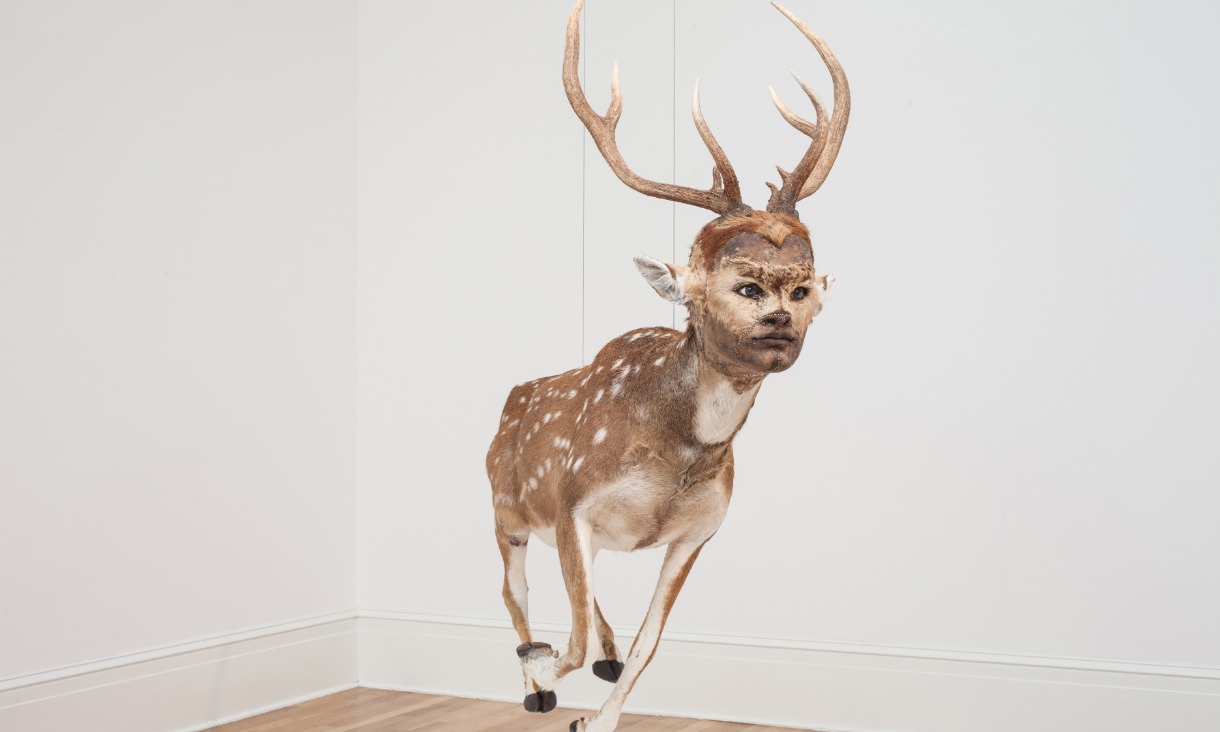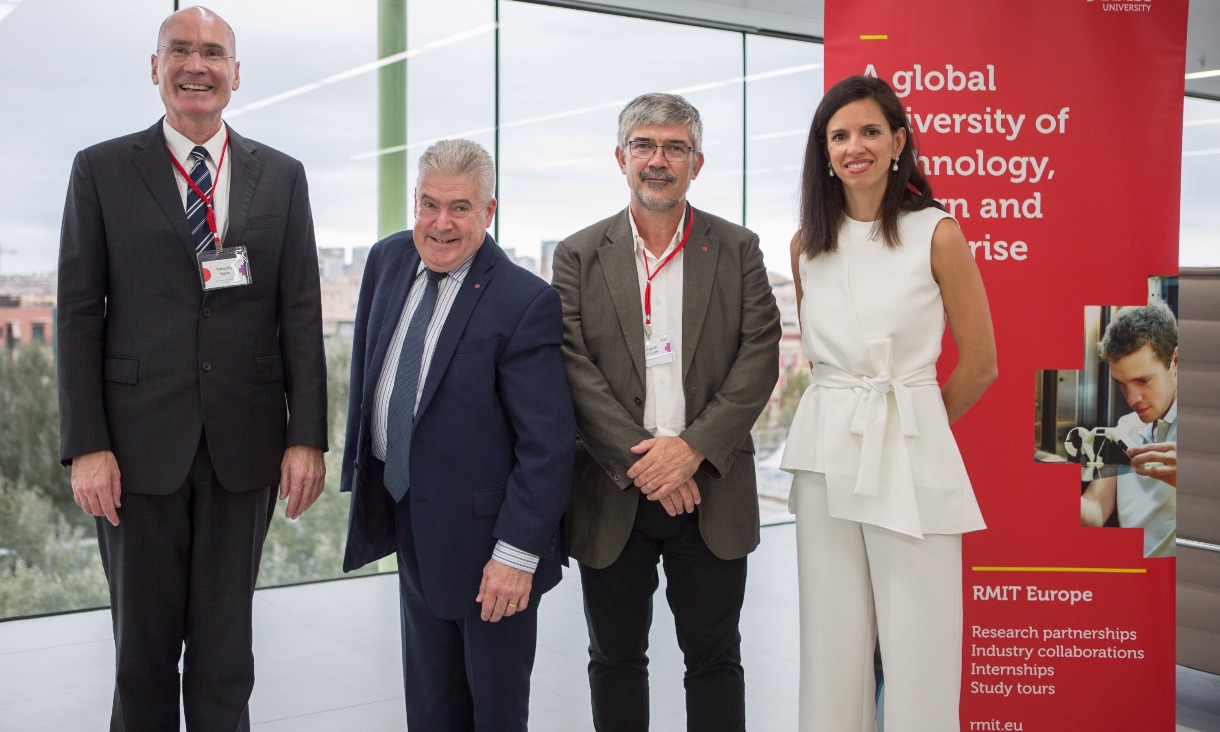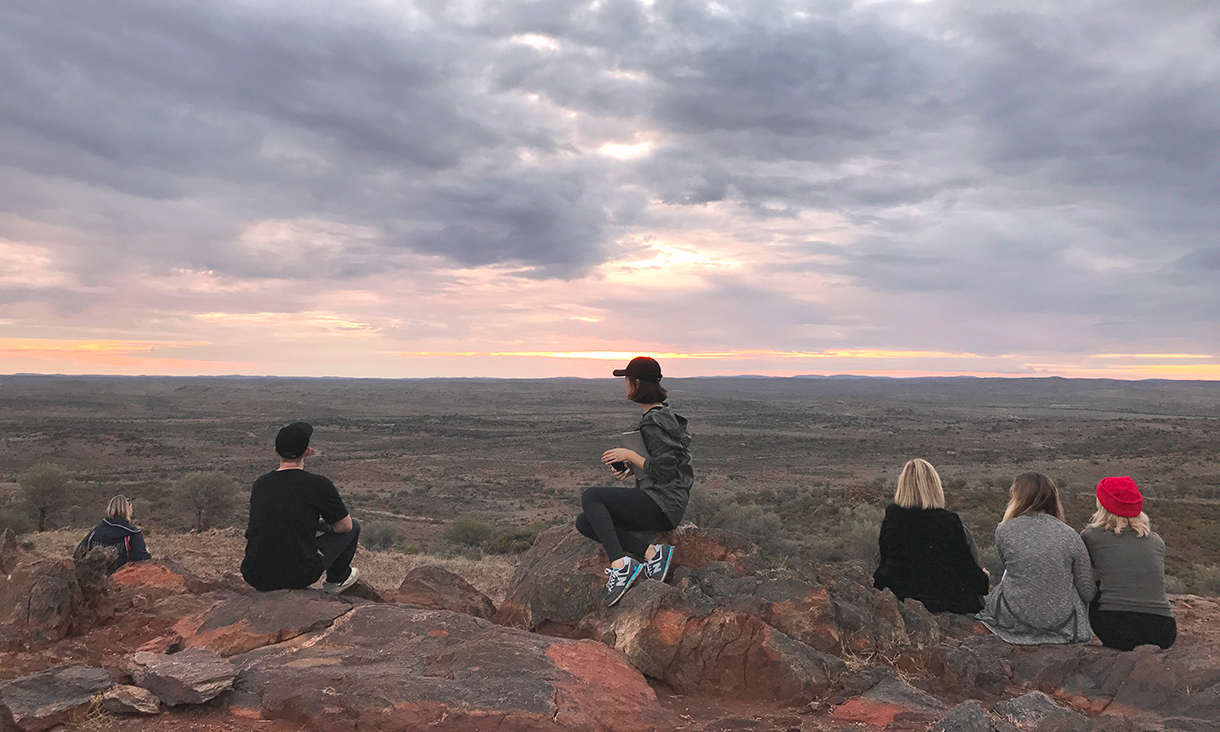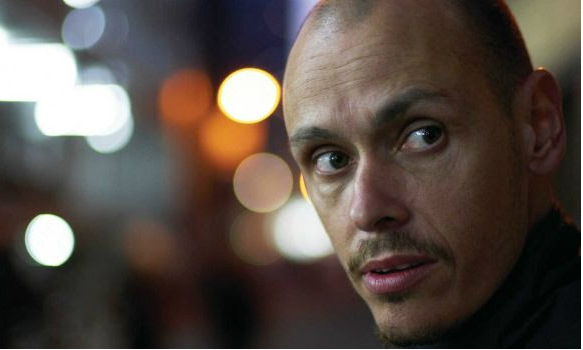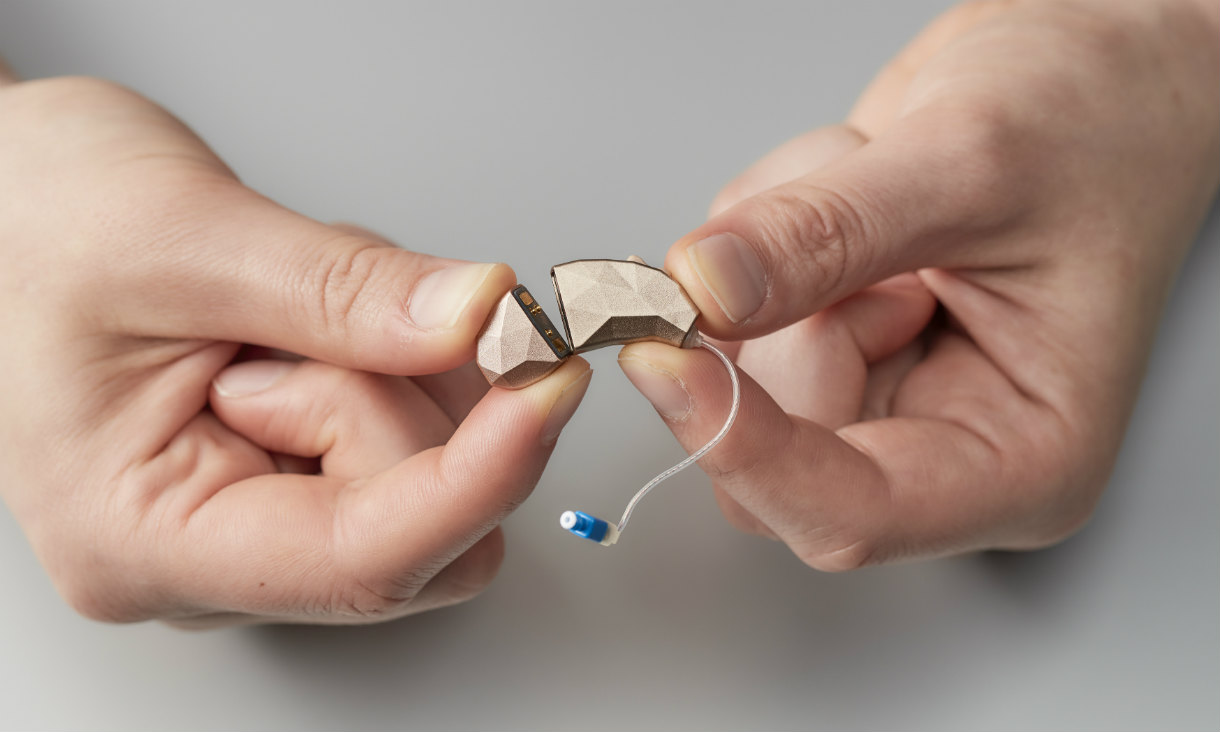RMIT Europe moves to Barcelona’s innovation district
RMIT has moved its European operations to the city’s innovation and technology district – a shift that signals the University's strong commitment to the City of Barcelona and its presence in Europe.
Landscape Architecture students engage with remote regional community
RMIT students have worked with the Wilcannia community and the Barkandji people in the development of a new cultural centre in regional New South Wales.
From RMIT to Sundance
RMIT alumnus and screenwriter Scott Ryan has exploded on to the international stage, with his six-part series "Mr InBetween" premiering at the Sundance Film Festival.
Design evolution: building a radically new kind of hearing aid
Developing the world’s first modular hearing aid took 130 prototypes but for the researcher behind the revolutionary design, each miniscule change was critical.

